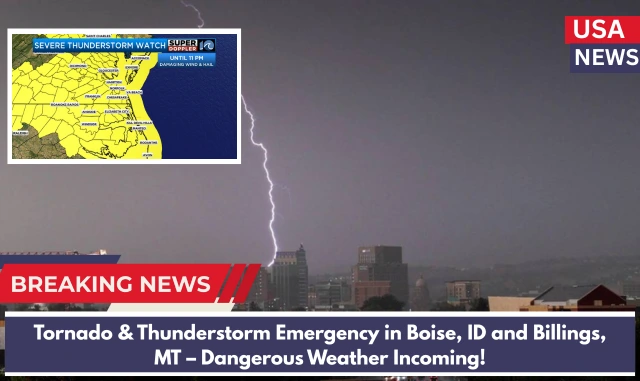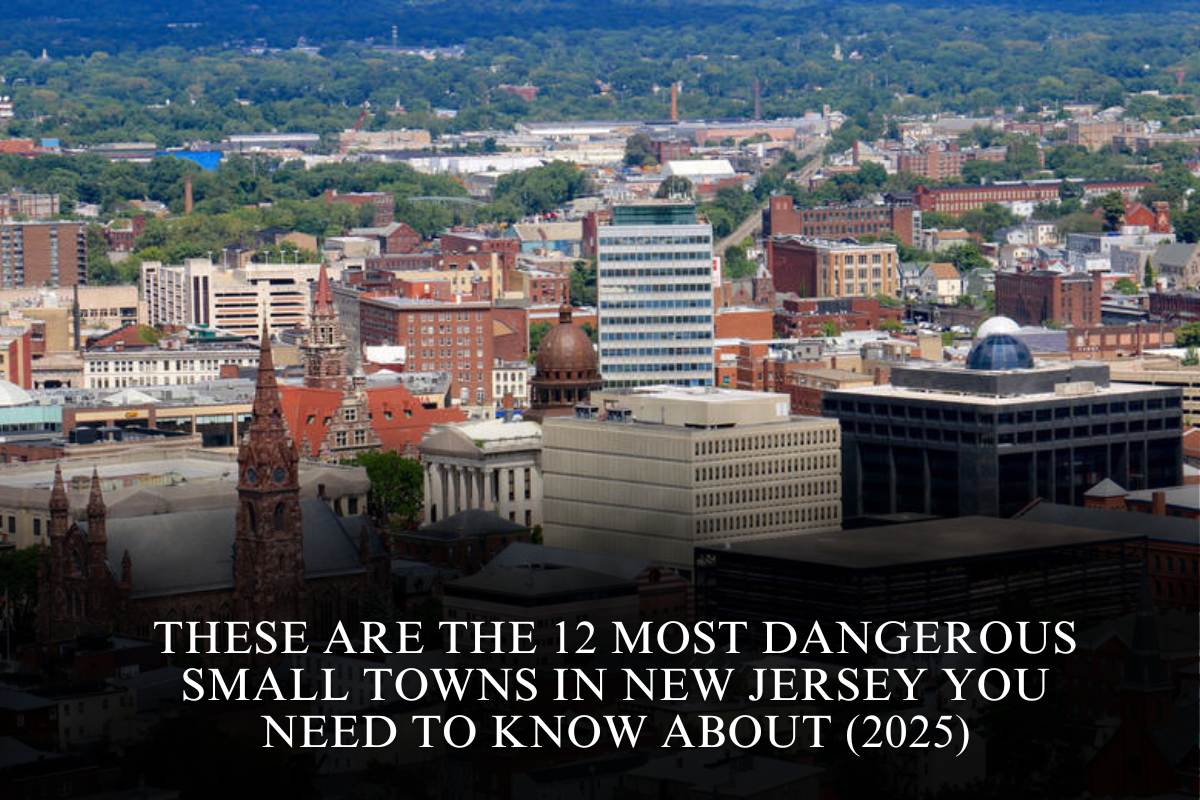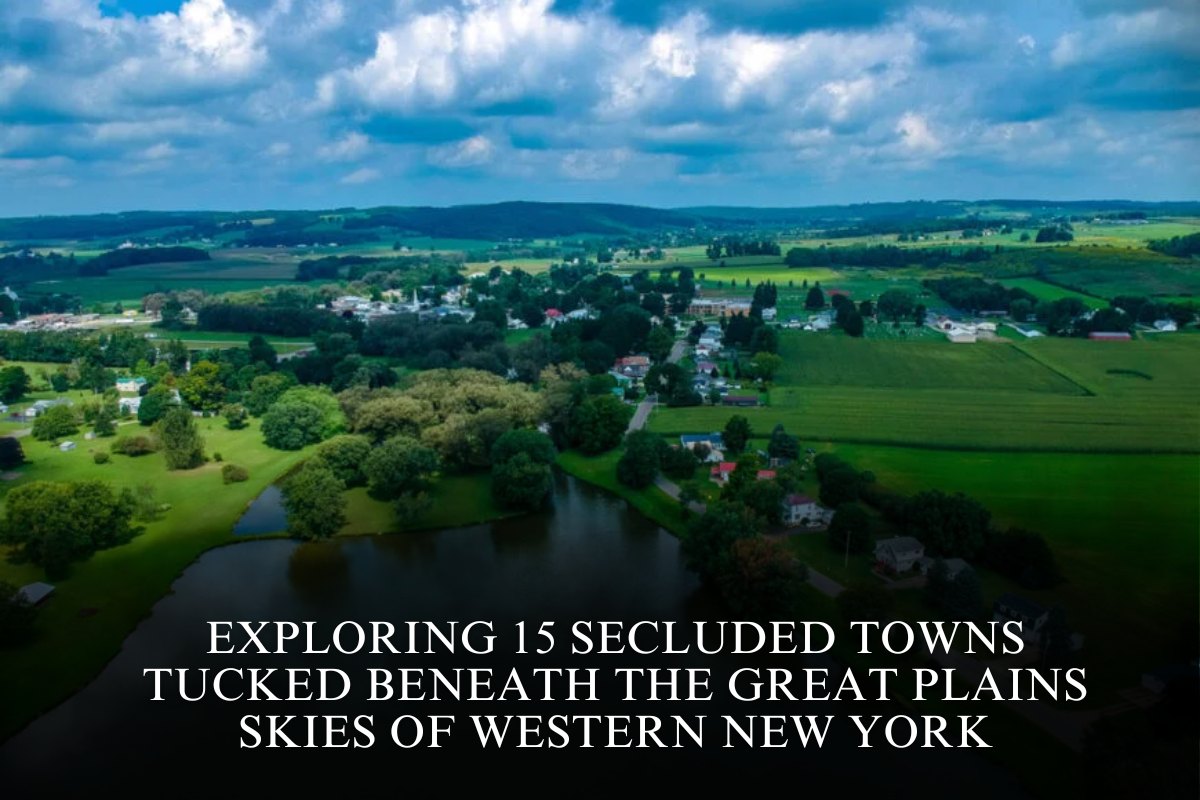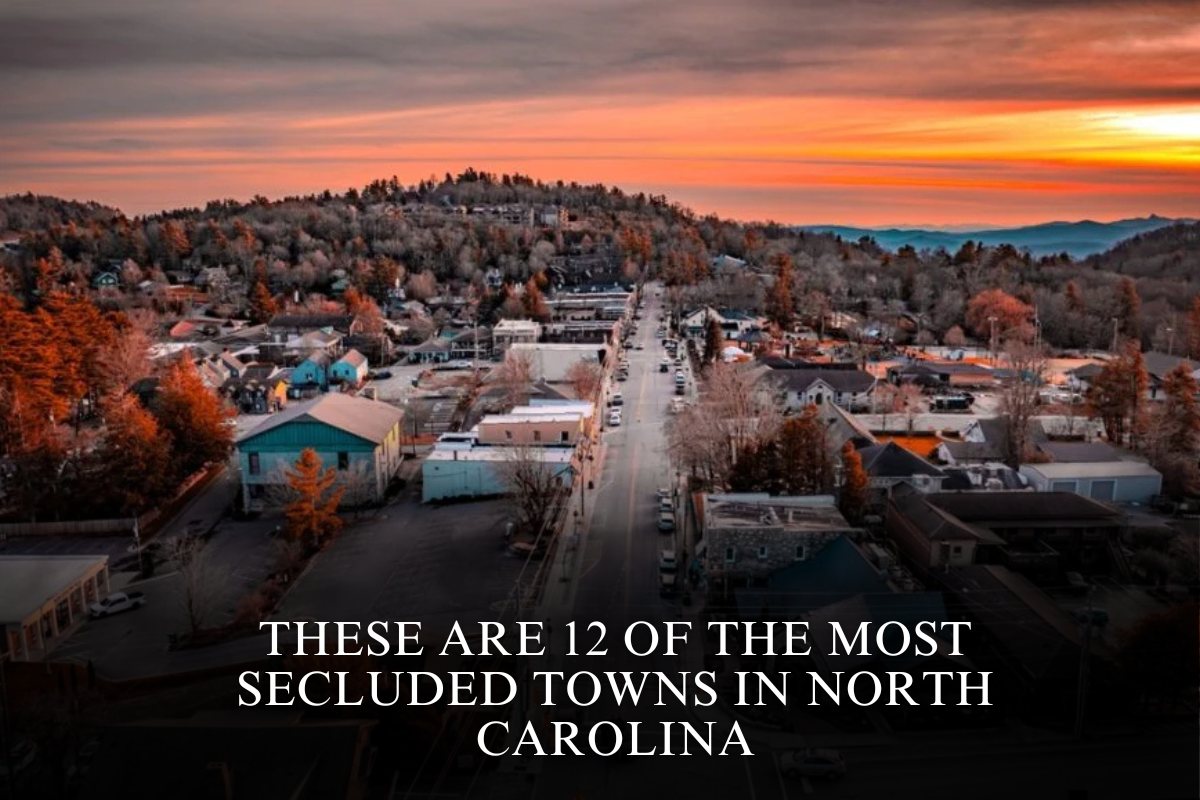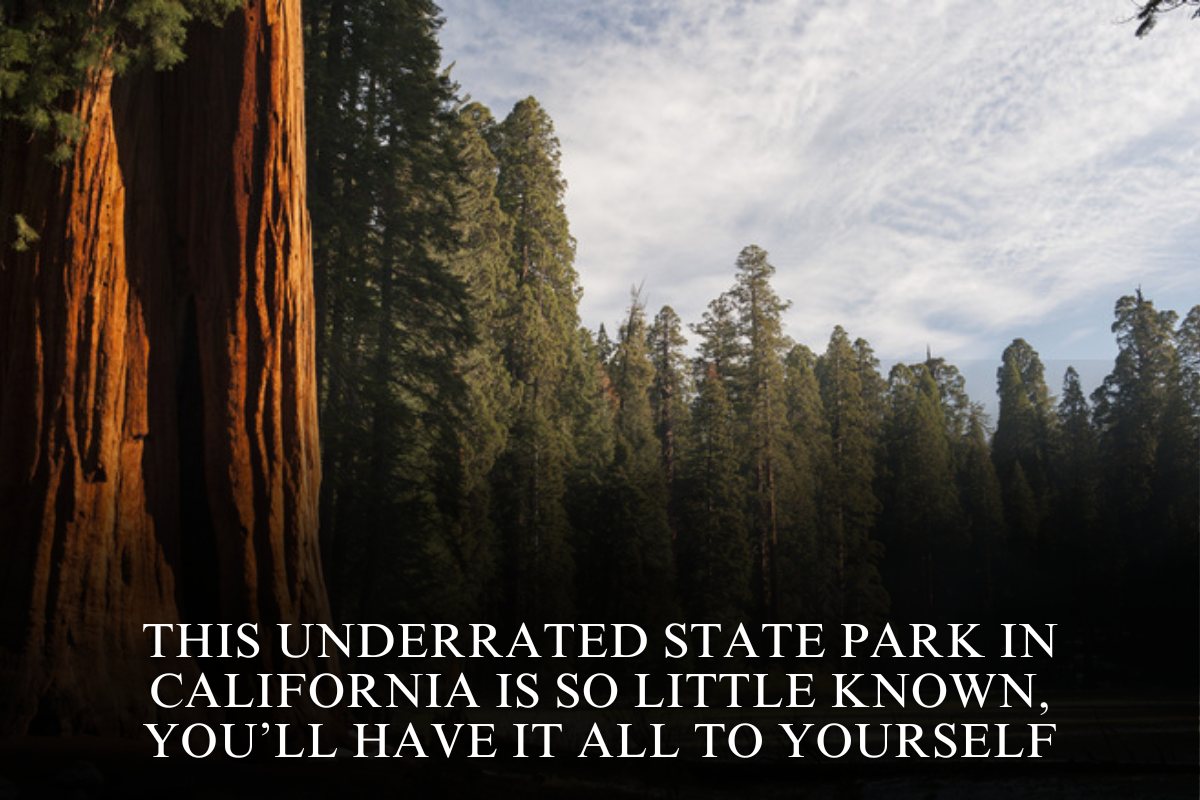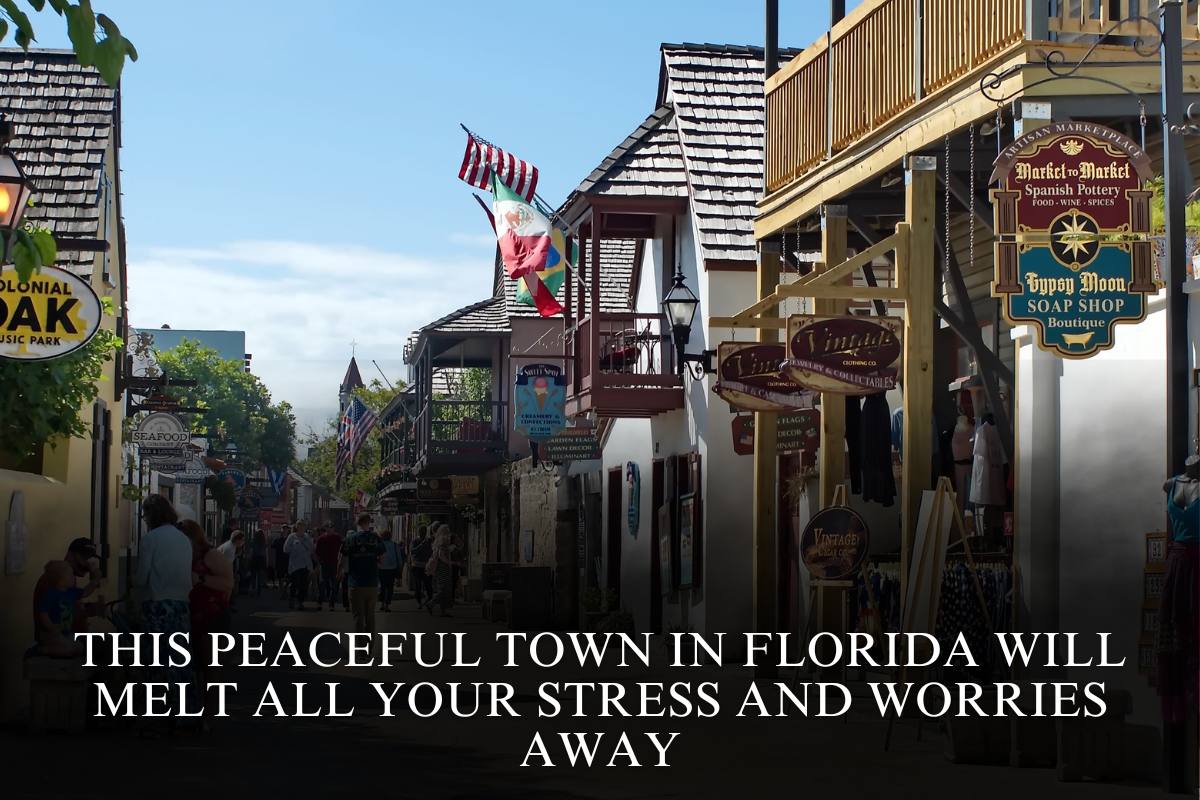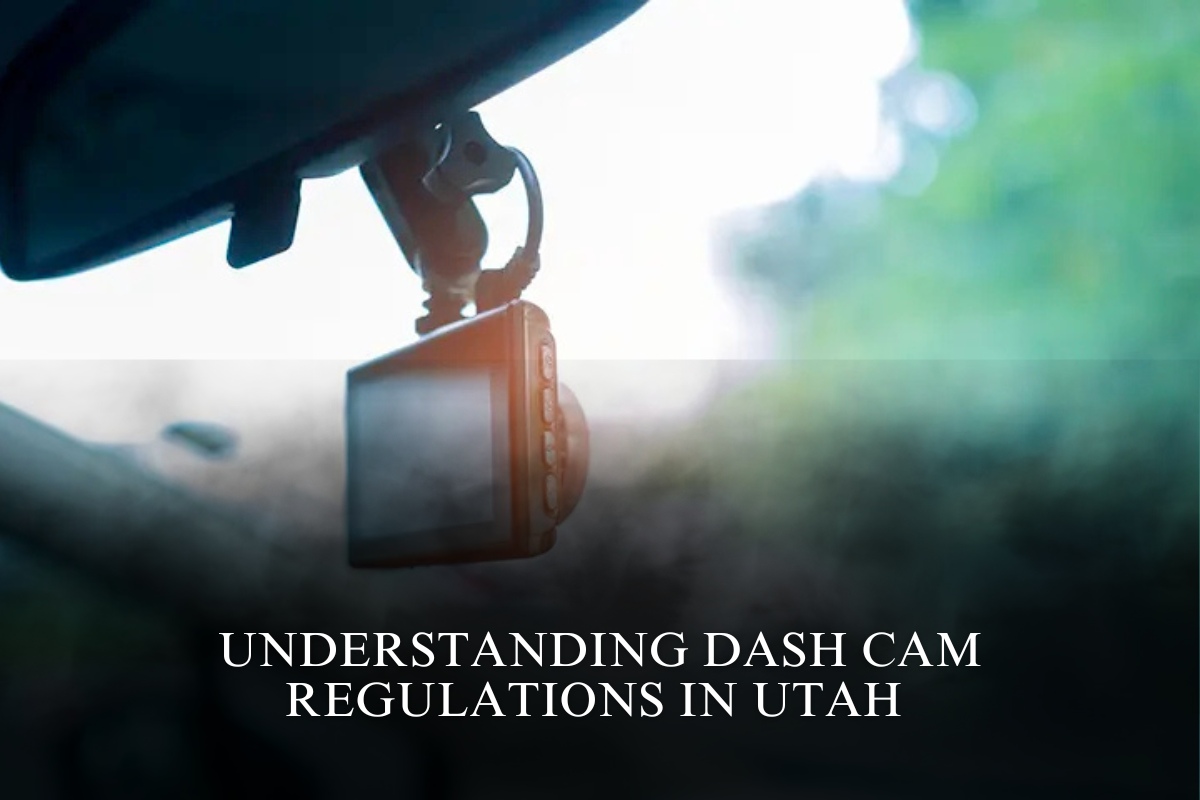A powerful storm system is moving rapidly across the Northwestern U.S., triggering urgent thunderstorm warnings for parts of Idaho and Montana, while tornado alerts stretch across broader areas—including Boise, Billings, and neighboring regions. This volatile weather pattern demands heightened awareness and immediate preparation.
Areas Under Threat Right Now:
The National Weather Service (NWS) has issued a severe thunderstorm warning for southwestern Idaho counties near Boise, including Ada, Canyon, and Elmore counties.
At the same time, a tornado alert covers much of southern Montana, including Billings and surrounding counties, as well as parts of eastern Idaho and western Wyoming.
Meteorologists warn that although the likelihood of an actual tornado remains low, atmospheric conditions are unstable and could rapidly escalate. Doppler radar has detected fast-moving storm cells with heavy rainfall, damaging winds, and potential hail.
“The storm that led to these warnings has lessened in intensity but remains unpredictable,” the NWS stated. “Residents should stay vigilant as additional storms may develop quickly.”
Why This Storm is Especially Dangerous
This weather system combines intense heat and humidity from the south with cold air descending from the north, creating the perfect setup for severe storms. These conditions can spawn lightning, hail, damaging winds, and in rare cases, tornadoes.
Both Boise and Billings—though hundreds of miles apart—are facing heavy rain and gusty winds that could lead to localized flooding, power outages, and hazardous travel.
Lightning Safety: What You Need to Know
Lightning strikes the U.S. over 25 million times annually, causing an average of 20 deaths. With storms active in Boise, Billings, and surrounding areas, it’s critical to stay safe:
Before & During the Storm:
- Have a clear, accessible plan for shelter.
- If you hear thunder, you are close enough to be struck—seek indoor shelter immediately.
- Avoid open fields, water, and high elevations.
Indoors Safety:
- Stay off corded phones and unplug electronics.
- Avoid plumbing fixtures such as sinks or bathtubs.
- Keep away from windows and doors; lightning can travel through wiring and plumbing.
- Wait at least 30 minutes after the last thunderclap before going outside again.
Caught Outside? Follow These Guidelines
If you find yourself outdoors during a thunderstorm—whether hiking near Boise’s foothills or camping near Billings—these precautions can save your life:
- Avoid hilltops, isolated trees, and open fields.
- Seek shelter in low-lying areas like ditches or valleys.
- Keep away from metal objects, fences, and wet gear.
- If in a group, spread out to reduce the chance of multiple injuries from a single strike.
Driving Through Heavy Rain: Stay Safe on the Roads
Storms can cause flash flooding and slick roads. If you’re driving in or near Boise, Billings, or along highways such as I-84 or I-90, keep these tips in mind:
- Avoid flooded roads, low underpasses, and areas prone to water accumulation.
- Double your normal following distance to give yourself more time to react.
- Slow down smoothly; avoid sudden braking or sharp turns.
- Use your headlights for better visibility and be extra cautious of blind spots.
- Stay alert for stalled cars, fallen trees, or downed power lines.
- If visibility deteriorates, safely pull over at a rest stop or well-lit area with hazard lights on.
Stay Alert, Stay Prepared
Severe weather can develop rapidly and without warning in Boise, Billings, and surrounding areas. Make sure your phone’s weather alerts are on and have an emergency kit ready.
Keep an eye on local forecasts and follow guidance from emergency services to protect yourself and your loved ones. In storms like these, staying informed and prepared is your best defense.
